SUMMARY
This is AI generated summarization, which may have errors. For context, always refer to the full article.
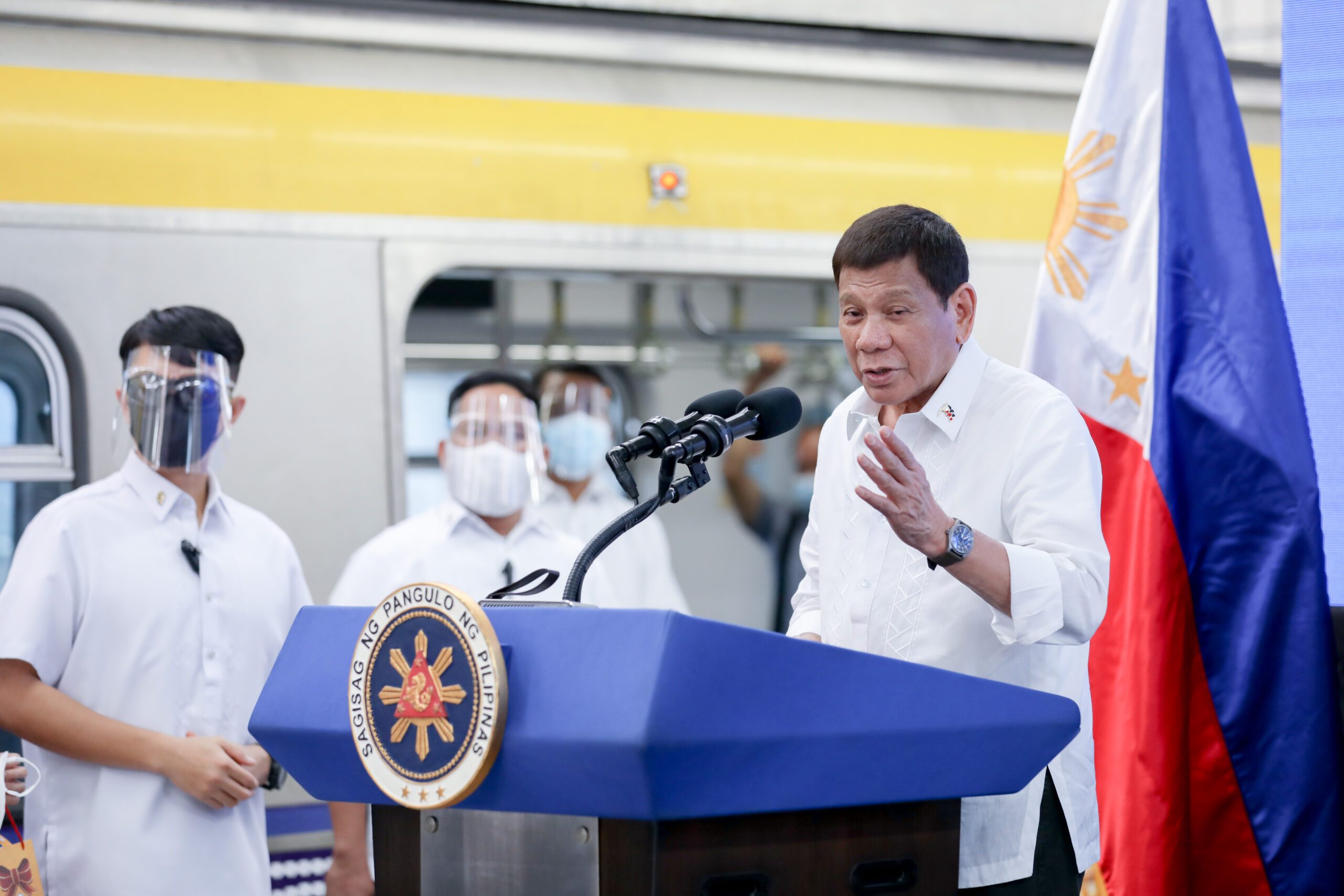
MANILA, Philippines – For the past six years, the Duterte administration has touted its ambitious infrastructure development program “Build, Build, Build” as one of its legacies.
The flagship program had several updates since 2016, starting with a list of 75 projects in 2017. It has since evolved and, on its last year, only over a dozen projects in the 119-item list have been completed.
The Duterte government promised to spend at least 5% of the gross domestic product on infrastructure annually, in a bid to more than double the investments of previous administrations. It was able to do this, and this is the reason Duterte officials claim that the program has so far been “successful.”
This “success,” however, has been met with criticisms, given its snail’s pace aggravated by the pandemic.
Rappler mapped Duterte’s flagship infrastructure projects across the Philippines and looked back on the completed ones.
To explore the map, click + or – to zoom in or out. Click the icons to see the status of the projects.
Improving Pasig River from Delpan to Napindan
- Completed: March 2018
- Cost: P1 billion
- Funding source: Japan official development assistance (ODA)
The project was part of the Pasig River Channel improvement project phase III, which was assisted by the Japan International Cooperation Agency (JICA).
JICA and the Philippine government worked together on the construction and improvement of the revetment and parapet wall along Pasig River, from Delpan Bridge to the vicinity of the Napindan Hydraulic Control Structure in Manila, to reduce vulnerability to flooding. This project has been ongoing since 2014.
Pulangi 4 dredging project
- Completed: August 2018
- Cost: P244.88 million
- Funding source: Philippine budget
As straightforward as it sounds, this project was done to remove siltation in select sections of Pulangi River in Bukidnon, which had affected the hydroelectric plant’s power generation.
Sangley Airport
- Inaugurated: February 2020
- Cost: P1.44 billion
- Funding source: Philippine budget
In June 2019, President Duterte ordered the Department of Transportation to “transfer” some of the flights from the Ninoy Aquino International Airport (NAIA) to Sangley Airport in Cavite, in a bid to decongest the main gateway. The President gave the DOTr a November 2019 deadline.

From June to October 2019, the DOTr fast-tracked the rehabilitation of the Cavite airport, upgrading the runway and constructing a new terminal building that can accommodate 160 passengers. An operational dry run was conducted in October 2019 through a Cebu Pacific cargo flight. Duterte inaugurated the airport in February 2020.
For now, Sangley Airport has general aviation and turboprop operations.
This project was not part of the original Build, Build, Build list and was added in 2021 when it was tagged as completed.
Angat Water transmission improvement project
- Completed: June 2020
- Cost: P3.29 billion
- Funding source: Asian Development Bank ODA
A 6.3-kilometer tunnel was constructed under the Angat Water Transmission improvement project (AWTIP), as part of the government’s partial rehabilitation of the transmission system from Ipo to La Mesa dams and to ensure water security in Metro Manila and neighboring provinces.
The fourth tunnel, running from the Ipo to Bigte reservoirs, can accommodate 19 cubic meters per second of raw water from Angat Dam. It was lined with precast concrete with steel reinforcement for structural integrity.
Construction began in June 2016 and was completed four years later, in June 2020.
Luzon Bypass infrastructure project
- Completed:
- Cost: P1 billion
- Funding source: Philippine budget
The Bases Conversion and Development Authority (BCDA) built two landing stations in Baler, Aurora, and Poro Point in San Fernando, La Union, and connected them through a 250-kilometer cable network. This is part of the government’s ambitious National Broadband Plan.
Under an internet deal with Meta (formerly Facebook), the 12,800-kilometer Pacific Light Cable Network (PLCN) would connect Los Angeles to the Philippines. The Taiwan branch would be connected to it. In exchange, Meta will provide the internet with speeds of up to two terabits per second (Tbps).
It was supposed to be powered by 2019, but tech giants Google and Meta failed to get the approval of the United States government to land in Hong Kong over national security issues. The US Federal Communications Commission granted the landing license in January 2022 under a new petition that removed the Hong Kong segment.
New Clark City Phase 1
- Completed: 2019
- Cost: P18 billion
- Funding source: Private-public partnership (PPP)
Phase 1 of the New Clark City project in Capas, Tarlac, included the construction of the National Government Administrative Center (NGAC) and mixed-use industrial development in a partnership with Filinvest Land Incorporated.
The P15-billion government center will host satellite offices of all branches of the Philippine government in case a disaster affects the capital region.

The NGAC also hosts the sports facilities built by Malaysian contractor MTD Capital Berhad which were used during the 2019 Southeast Asian Games. The deal was questioned by the Office of the Government Corporate Counsel (OGCC) as it asserted that the partnership was under a built-operate-transfer scheme – not a joint venture – thus, public bidding should have happened. In its 2019 report, the Commission on Audit said that the BCDA gave undue advantage to MTD.
The BCDA denied irregularities and maintained that the deal was aboveboard.
Clark International Airport expansion project
- Completed: 2020
- Cost: P14.97 billion
- Funding source: PPP
Construction of the new Clark International Airport terminal building began in 2018, and was completed in September 2020. It was turned over to operator Luzon International Premiere Airport Development Corporation in January 2021.

The passenger terminal building is the second aviation project of Megawide Construction Corporation and Bangalore-based GMR Infrastructure Limited. The new terminal is expected to increase the airport’s passenger capacity to 12.2 million from 4.2 million, in a bid to decongest the main gateway Ninoy Aquino International Airport.
LRT2 East Extension
- Completed: 2021
- Cost: P9.76 billion
- Funding source: Japan ODA
In July 2021, Duterte led the inauguration of the East extension of the Light Rail Transit Line 2 (LRT2), adding Marikina and Antipolo stations to the railway line.
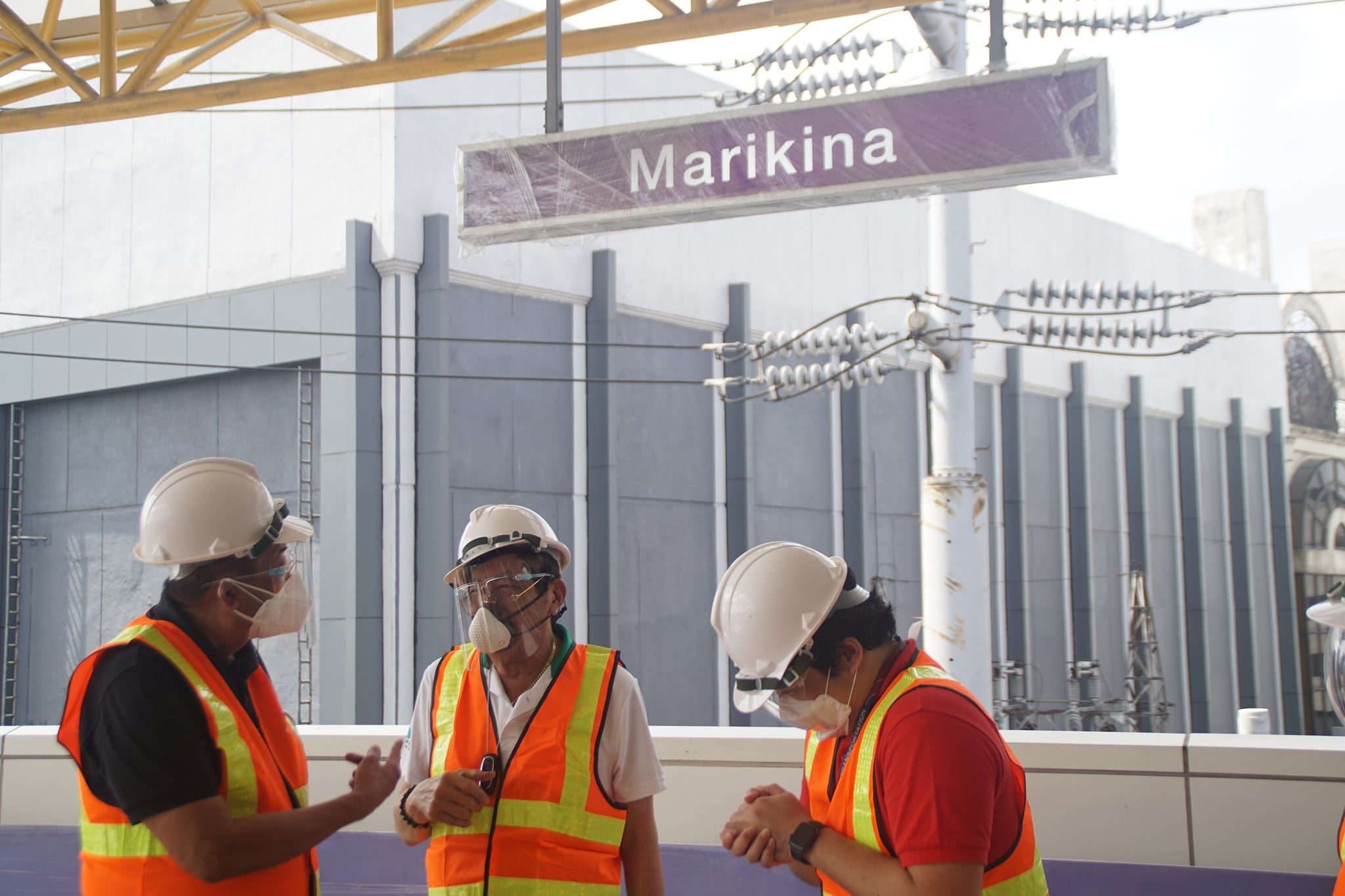
The LRT2 East Extension added four kilometers to the existing 13.8-kilometer railway from Santolan to Recto. Travel time between Recto, Manila, to Antipolo, Rizal, is estimated to be down to 40 minutes from the usual three to four hours of commute.
The project broke ground in 2015 and was supposed to be completed by the third quarter of 2017, but encountered delays.
Metro Manila Skyway Stage 3
- Completed: 2021
- Cost: P65.4 billion
- Funding source: PPP-Supplemental Toll Operations Agreement (STOA)
The Skyway 3 is an 18.83-kilometer elevated expressway from Buendia, Makati, to Balintawak, Quezon City. It connects South Luzon Expressway and the North Luzon Expressway.

It is part of the Metro Manila Skyway System, which started construction during the administration of Fidel Ramos. Skyway 3 broke ground in 2014 with civil works starting in 2015, under the Benigno Aquino III administration. At the time, completion was targeted in April 2017, but it was postponed several times due to delays and right-of-way (ROW) issues.
In 2019, a portion of Skyway 3 from Buendia to Paco, Manila, opened to the public. A “soft opening” was done in December 2020, ahead of the inauguration in January 2021.
BGC-Ortigas Center Link
- Completed: 2021
- Cost: P5.72 billion
- Funding source: Philippine budget
The Department of Public Works and Highways (DPWH) opened in June 2021 the Santa Monica-Lawton Bridge, a part of the BGC-Ortigas Center Link that connects the two business centers. Duterte formally inaugurated the project in September 2021.

According to the DPWH, the bridge reduces travel time between BGC and Ortigas to only 12 minutes. Part of the project is the widening of a 362-meter road segment along Brixton Street, from Reliance to Fairlane streets, in Mandaluyong City. A 565-meter viaduct was also constructed traversing Lawton Avenue to the entrance of BGC on 8th Avenue.
Construction for the project started in October 2017. It was supposed to be completed by 2020, but the pandemic happened.
China grant bridges: Estrella-Pantaleon Bridge, Binondo-Intramuros Bridge
- Completed: 2021 and 2022
- Cost: P5.95 billion
- Funding source: China grant
Works for the Estrella-Pantaleon and Binondo-Intramuros bridges were part of a grant from China when Duterte visited Chinese President Xi Jinping in 2017.
The grant allowed China to conduct the survey, design, and construction of two bridges along the Pasig River, and hire Chinese blue-collar workers.
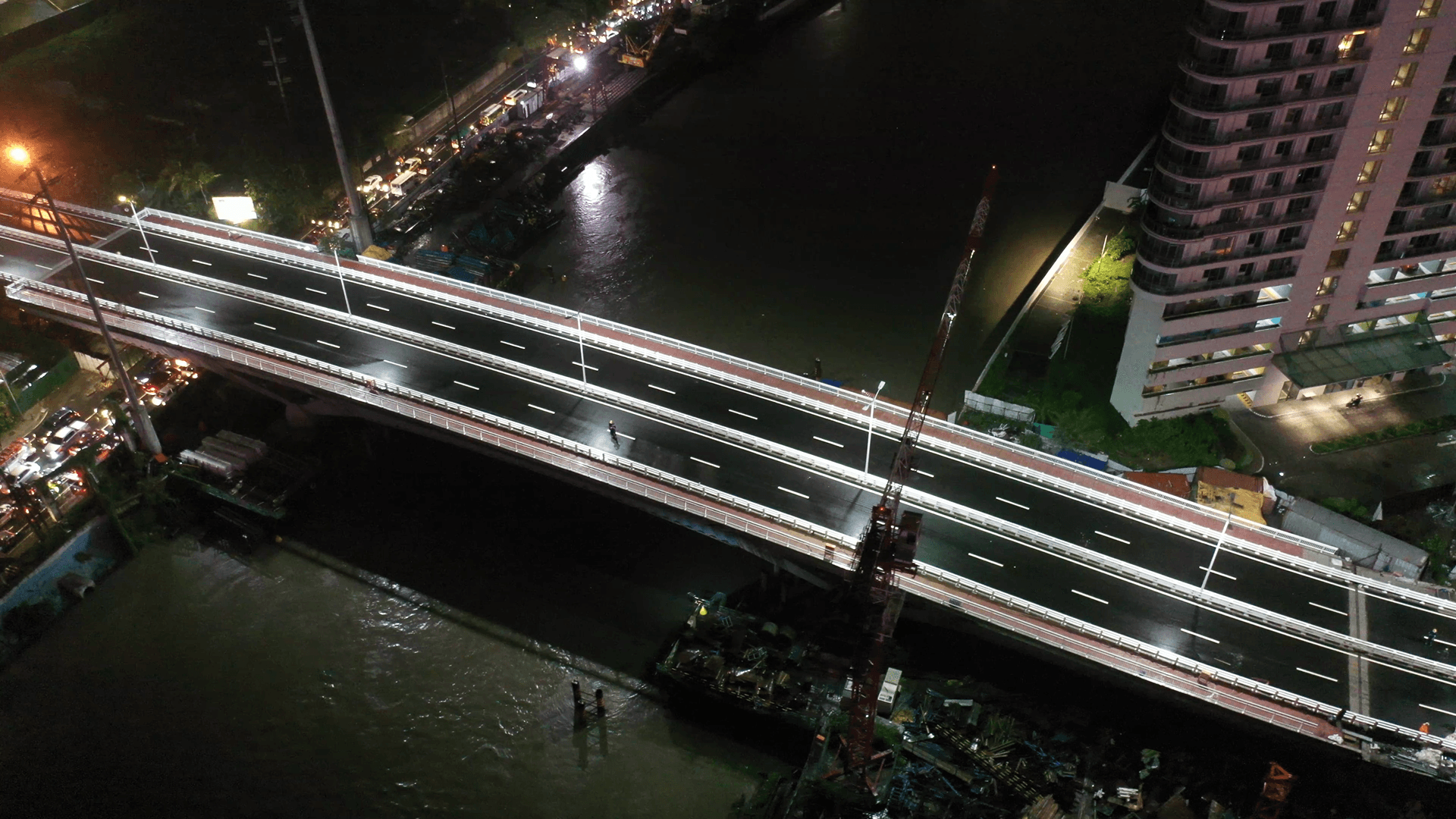
The Estrella-Pantaleon Bridge, which connects Mandaluyong to Makati, was demolished in 2019. The reconstruction included widening it to four lanes and increasing its capacity to 50,000 vehicles a day. It was reopened in July 2021, the first China-funded flagship project to be completed.
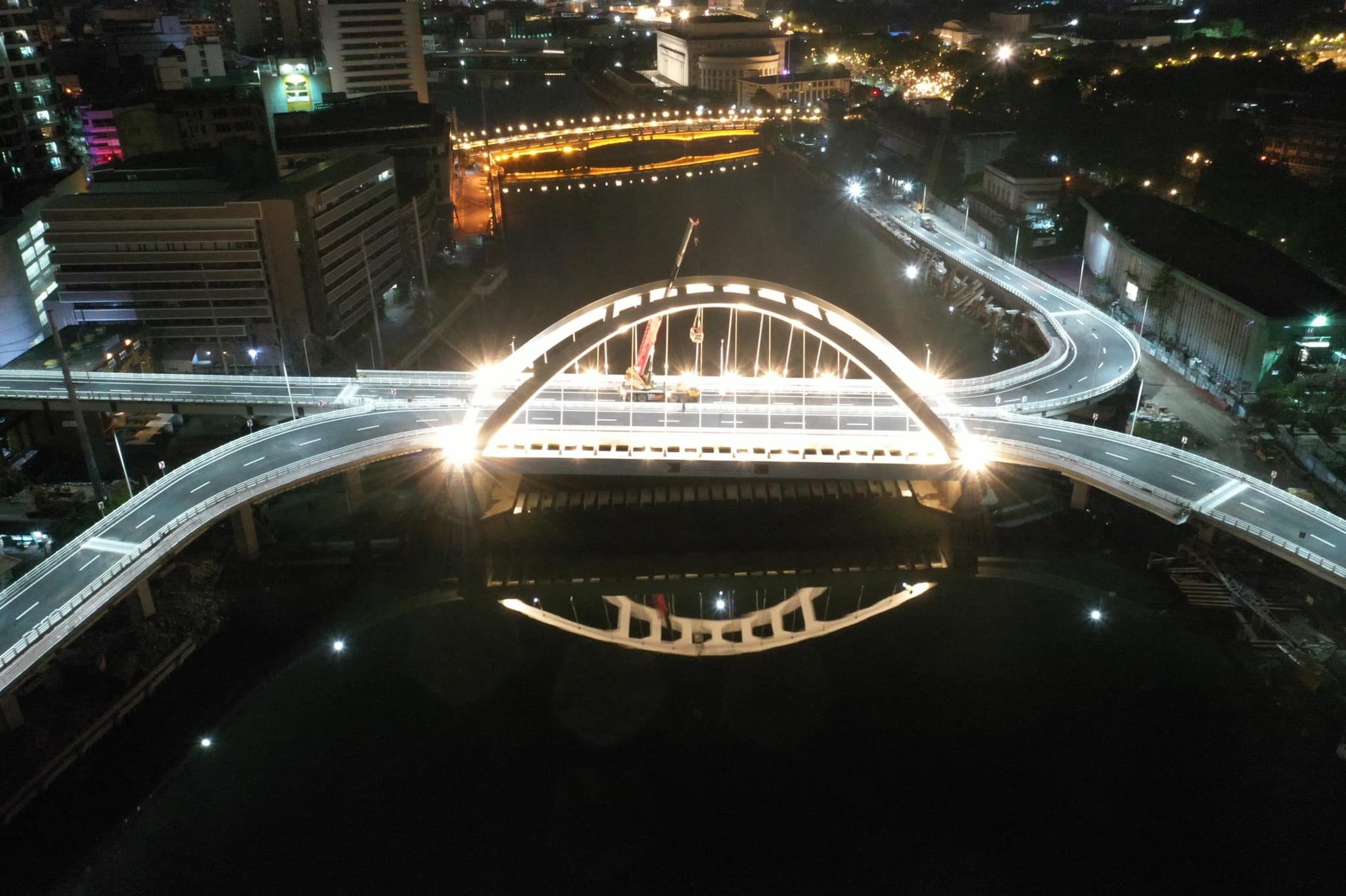
The Binondo-Intramuros Bridge, meanwhile, is a new bridge that links the walled city to Manila’s Chinatown. The arch design of the bridge is eyed to be a “future landmark” and is supposed to be a symbol of “friendly cooperation” between the Philippines and China. It was inaugurated in April 2022.
General Santos International Airport
- Completed: 2021
- Cost: P1.1 billion
- Funding source: Philippine budget
The Department of Transportation (DOTr), with the Civil Aviation Authority of the Philippines (CAAP), rehabilitated the terminal of the General Santos International Airport, expanding its capacity to 2 million passengers annually. Prior to the project, the airport could accommodate only 800,000 passengers every year.

The upgraded airport was inaugurated in September 2021.
Bicol International Airport
- Completed: 2021
- Cost: P4.8 billion
- Funding source: Philippine budget
The airport project was first conceptualized in 1996 and should have been the first airport in the Bicol region. The project encountered several delays. Three groundbreaking ceremonies later, the project was slated for completion by 2014, then by 2016, and then by 2018.
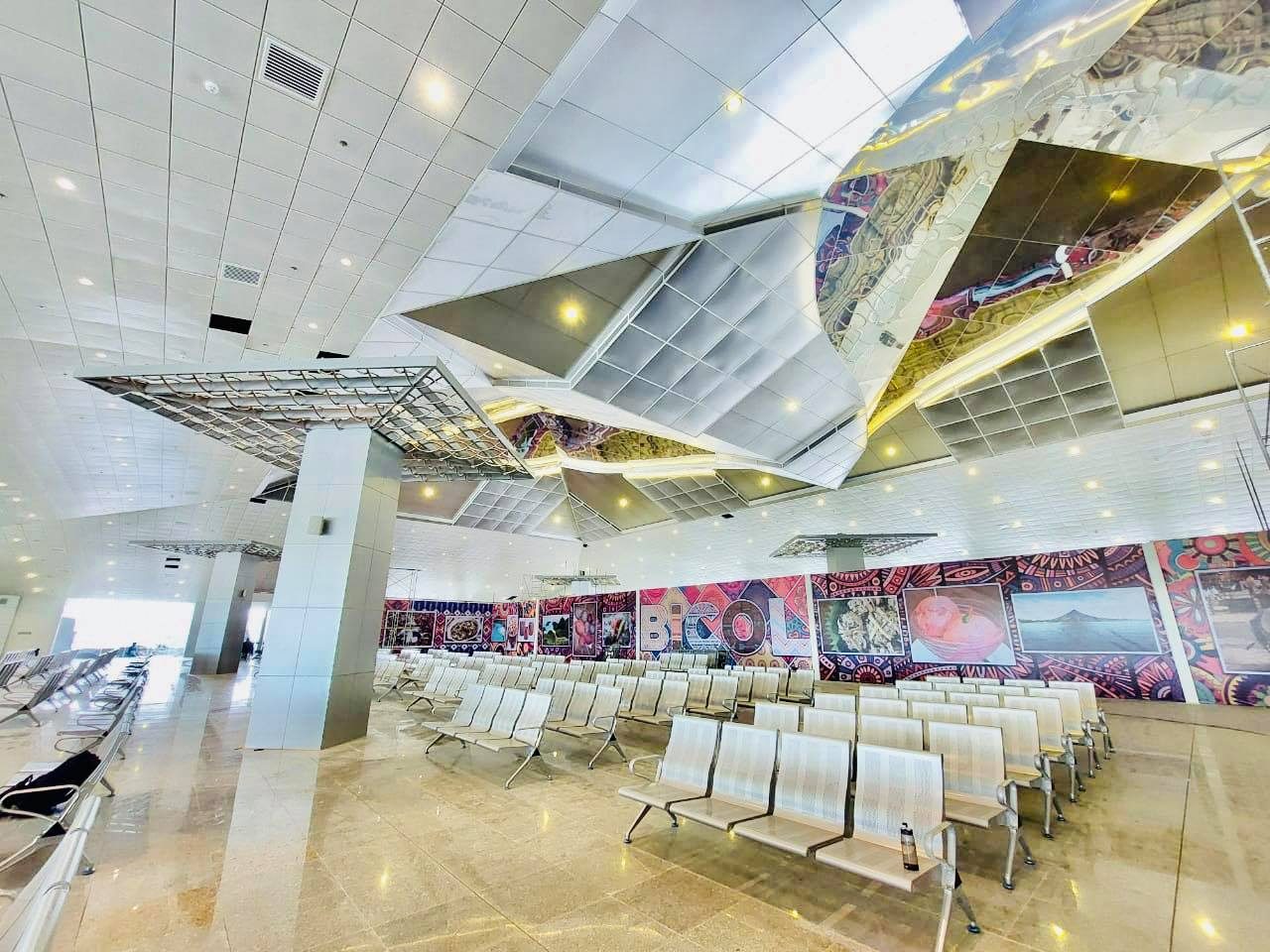
The new Bicol International Airport located in Daraga, Albay, was inaugurated in October 2021, effectively replacing the Legazpi Airport. It can serve up to 2 million passengers annually.
The new Bicol airport offers contactless features for checking in, baggage handling, and ordering food. The CAAP said it tapped the service provider of the new Clark airport for the Bicol airport’s new features.
LTO Central Command Center
- Completed: 2022
- Cost: P950 million
- Funding source: Philippine budget
The Land Transportation Office launched the Central Command Center of LTO C3 in February 2022, which will serve as the Operations and Law Enforcement Service unit’s “central nerve” for surveillance, coordination, and alarm monitoring for crashes and crime.

It will be a joint operations center with the Philippine National Police, in compliance with the anti-carnapping and motorcycle crime prevention laws.
Part of the project was the development of an incident reporting mobile app called Citisend, which the DOTr said would give motorists a “direct line of communication” to the LTO.
MRT3 rehabilitation project
- Completed: March 2022
- Cost: P21.97 billion
- Funding source: Japan ODA
The DOTr completed the rehabilitation of the MRT3 in March 2022, increasing the railway system’s operational trains to 22 and speed to 60 kilometers per hour (kph). Headway between trains was also reduced to 3.5 minutes, and capacity was expanded to 600,000 passengers per day.
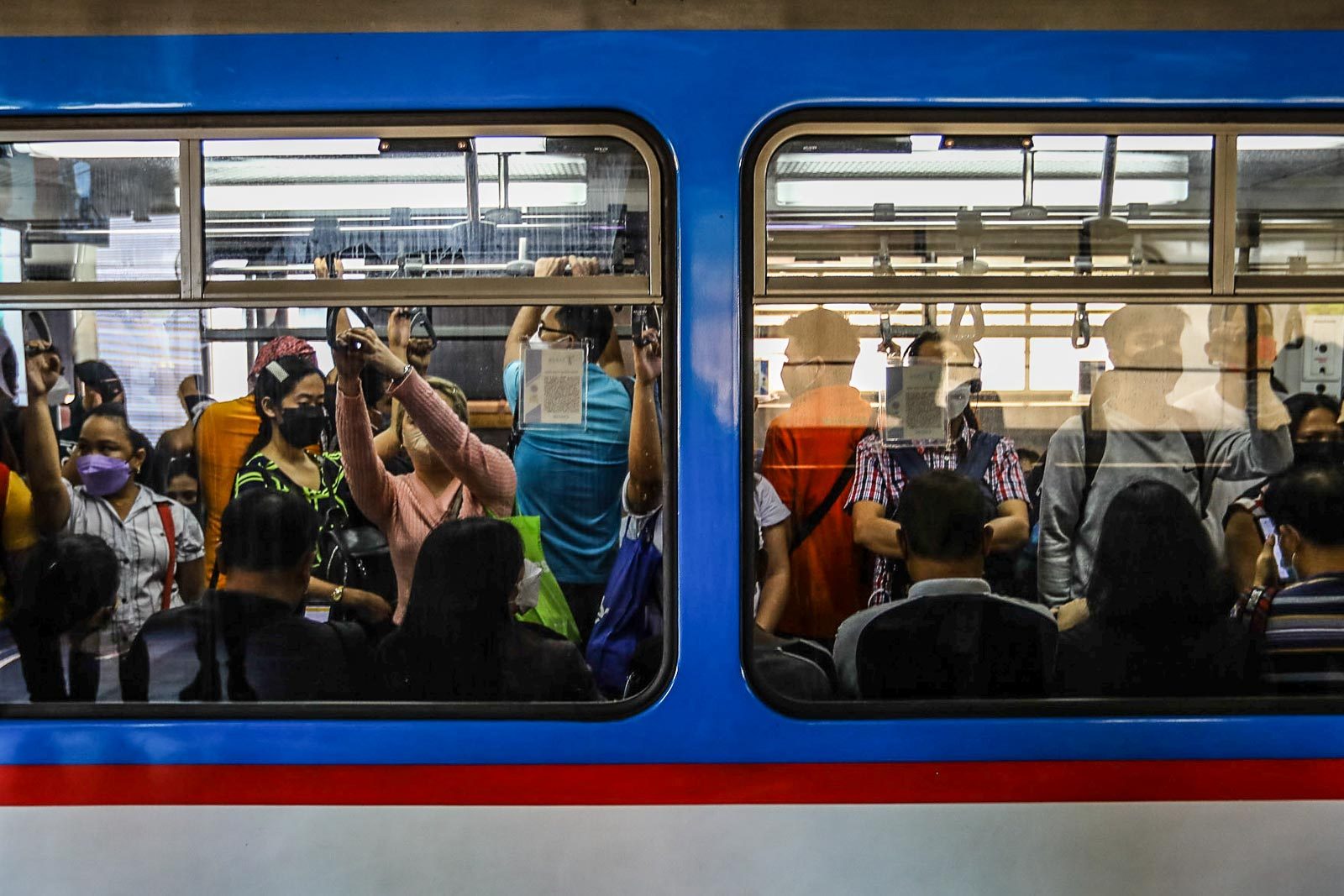
The MRT3 rehabilitation project officially started in 2019, as the government re-engaged with Japanese firm Sumitomo-Mitsubishi Heavy Industries (MHI), the builder and original maintenance provider of the MRT3.
The loan agreement with Japan was deemed the “fastest loan processing” at the time, as the MRT3 experienced almost daily breakdown and a record low of six running trains in February 2017.
What’s next for Build, Build, Build?
Before Duterte steps down on June 30, 2022, the DPWH expects the following projects to be completed:
- Samar Pacific Coastal Road (Simura and Jangtud 1 bridges)
- Flood Risk Management project in Cagayan, Tagoloan, and Imus Rivers
- Unified Grand Central Station (formerly known as the LRT-MRT Common Station)
- Malitubog-Maridagao Irrigation
- Motor vehicle recognition and enhancement system
PPPs C5 Link and NLEX Connector are eyed for completion within 2022. MRT7 partial operations, meanwhile, are targeted by the end of 2023.
Other big-ticket projects – such as the Metro Manila Subway, Philippine National Railways Bicol line, and the North-South Commuter Railway – are in varying stages of construction.
Duterte’s campaign promise, the Mindanao Railway, will not see construction before the President heads out of Malacañang. The Philippines has been waiting for the short list of design-and-build contractors from Beijing for three years now.
The DOTr also appeared to have largely ignored the World Bank-funded Metro Manila Bus Rapid Transit (BRT) project, given Tugade’s aversion to BRTs in the metro. The World Bank has tagged the progress for the Quezon Avenue-Manila City Hall BRT line as “unsatisfactory.” The loan for the project is set to close in November 2022.
The Duterte administration expects to leave the fate of 88 projects to the Marcos administration – expressways, railways, bridges, flood control projects, and dams, among others.
President-elect Ferdinand Marcos Jr. promised to continue the infrastructure program, but incoming public works chief Manny Bonoan said that the next administration will be “very selective” with the projects.
With the country’s mounting debt, the World Bank expects the Philippines to shift to PPPs for infrastructure investments – a thrust that the current administration has veered away from because of delays in implementation.
As the nation awaits the incoming administration’s plans (or change in plans), what’s clear is that Marcos Jr. will be facing several crises – in public transportation, water security, and energy security. For now, we wait. – Rappler.com
Add a comment
How does this make you feel?
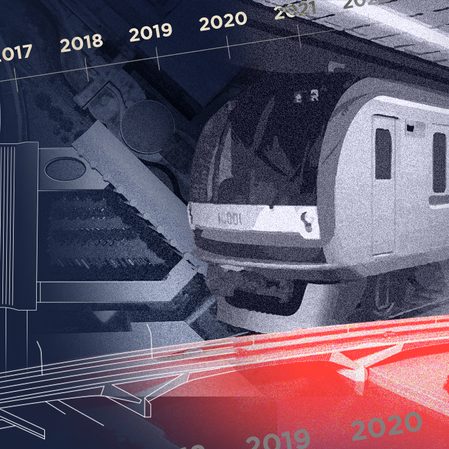



![[WATCH] Bamban POGO scandal: There’s a bigger fish than Alice Guo](https://www.rappler.com/tachyon/2024/07/inside-track-tcard-bamban-pogo.jpg?resize=257%2C257&crop=435px%2C0px%2C1080px%2C1080px)
![[Vantage Point] China’s silent invasion of the Philippines](https://www.rappler.com/tachyon/2024/07/TL-china-silent-invasion-july-16-2024.jpg?resize=257%2C257&crop=318px%2C0px%2C720px%2C720px)




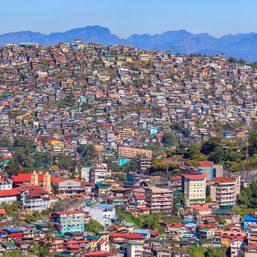
![[OPINION] Rodrigo Duterte and his ‘unconditional love’ for China](https://www.rappler.com/tachyon/2024/04/rodrigo-duterte-xi-jinping-august-2019.jpeg?resize=257%2C257&crop=91px%2C0px%2C900px%2C900px)

![[The Slingshot] Lito Patay’s 4 hours and 38 minutes of infamy](https://www.rappler.com/tachyon/2024/07/Lito-Patay-4-hours-infamy-July-19-2024.jpg?resize=257%2C257&crop=233px%2C0px%2C720px%2C720px)
There are no comments yet. Add your comment to start the conversation.